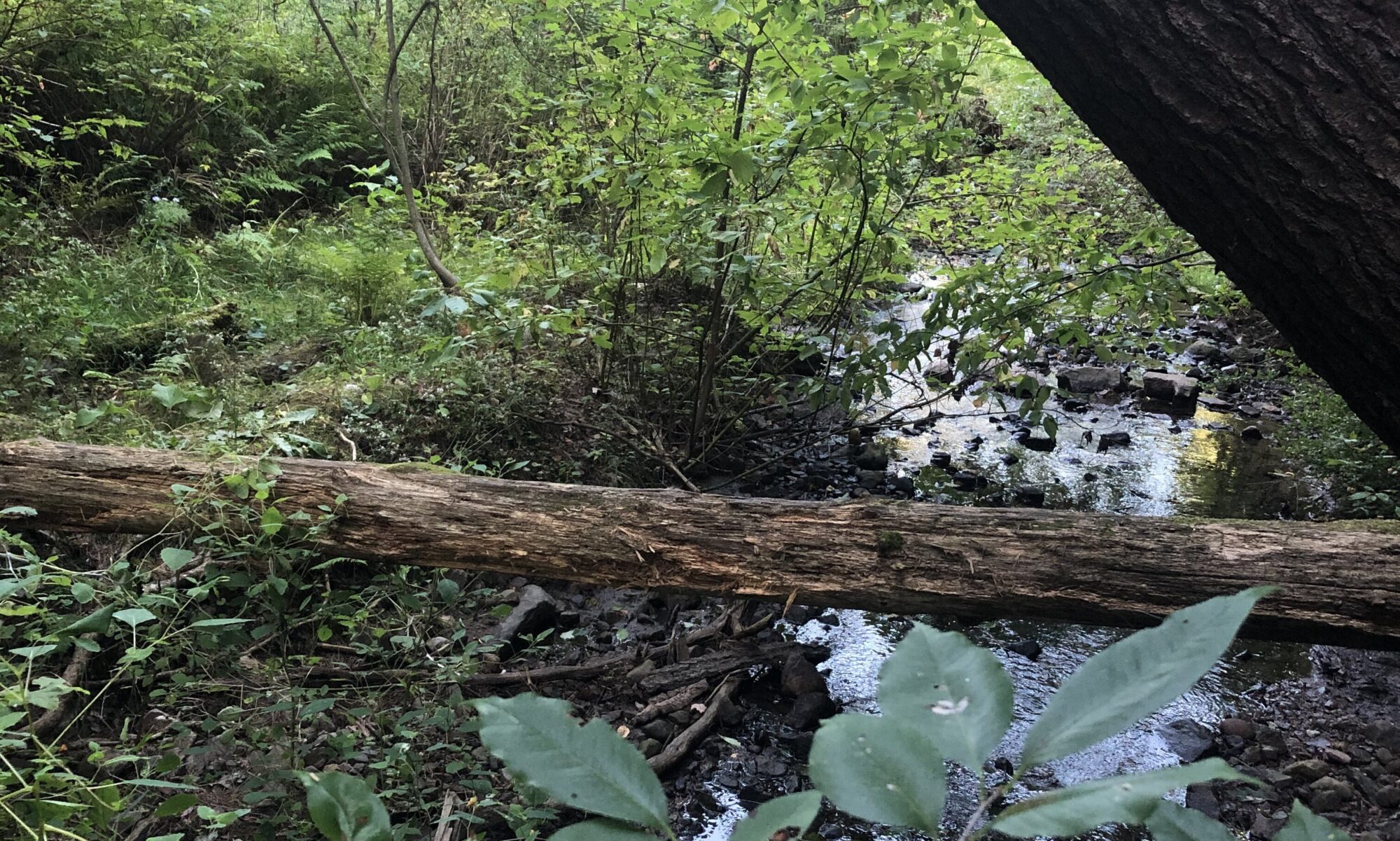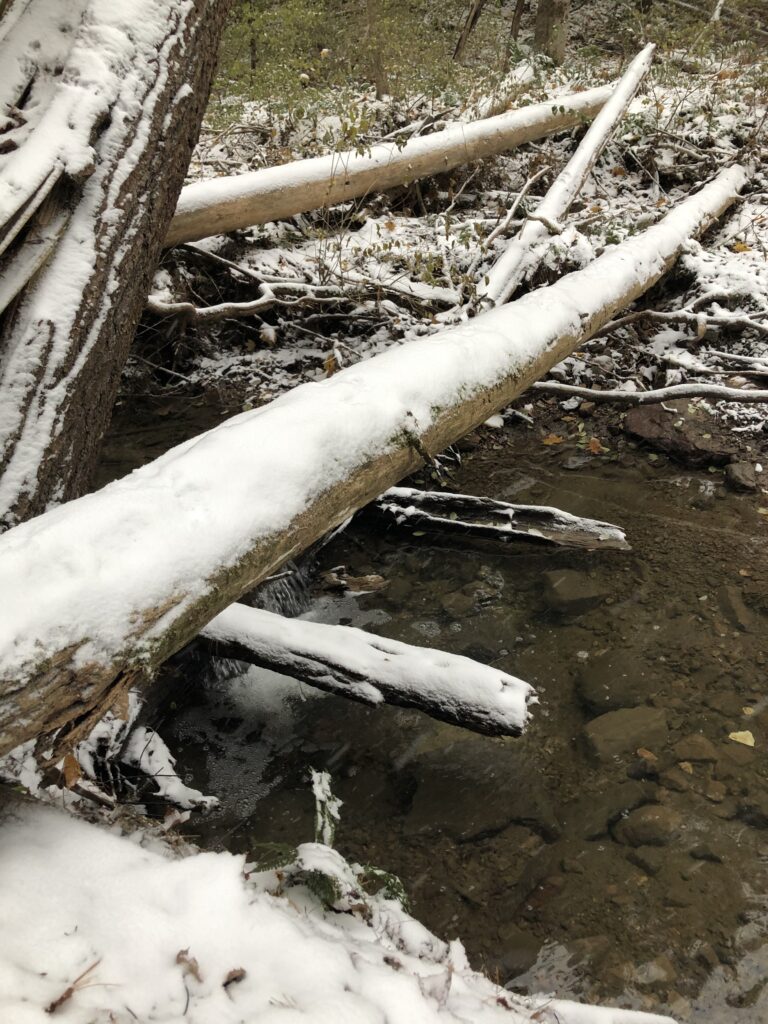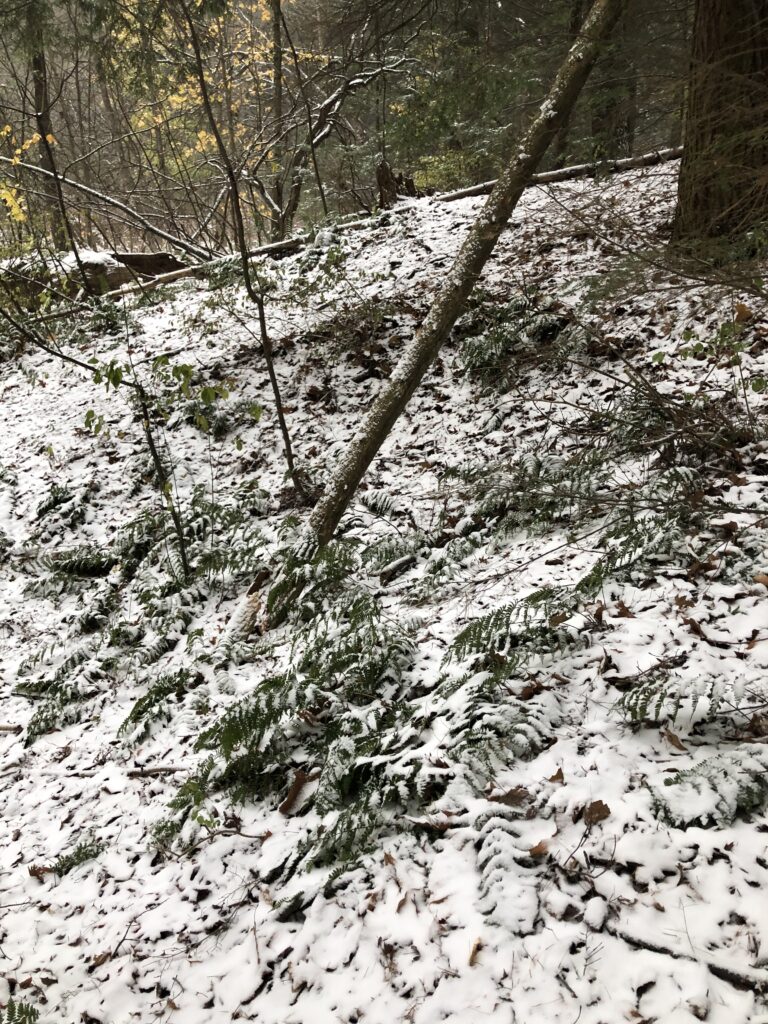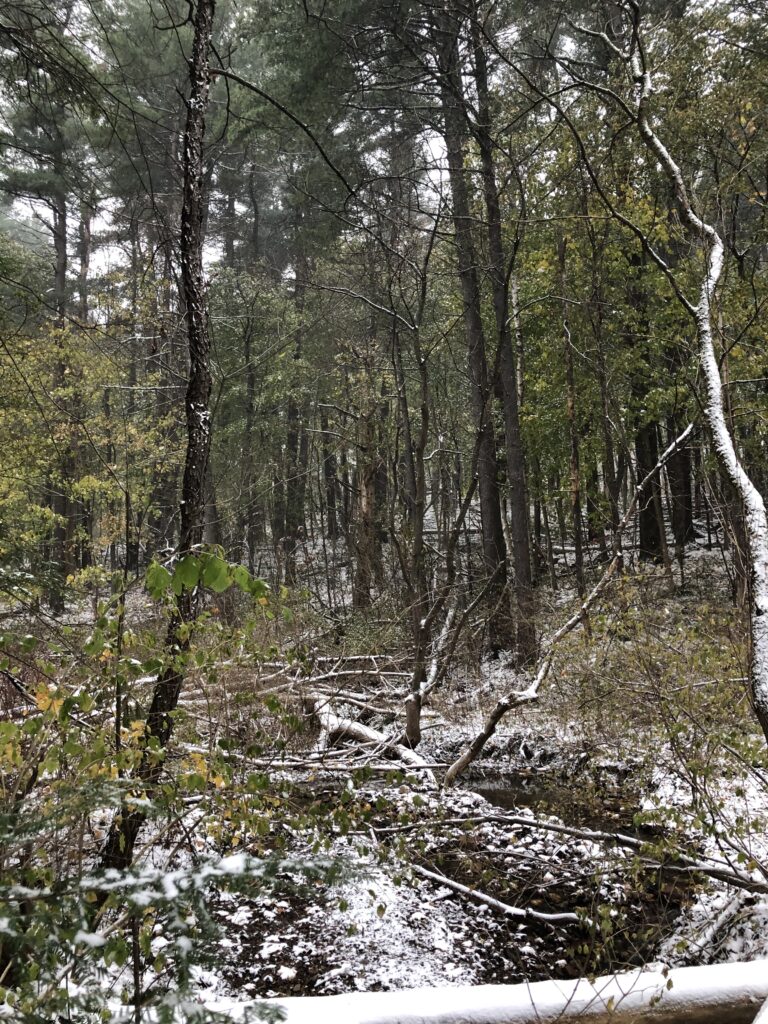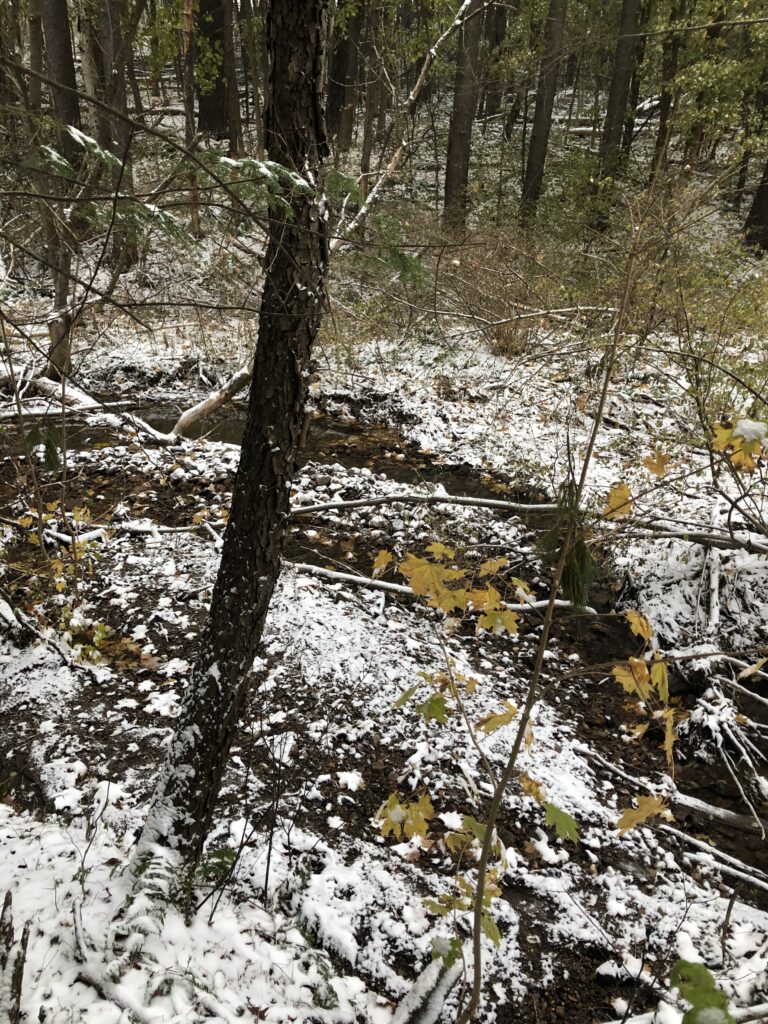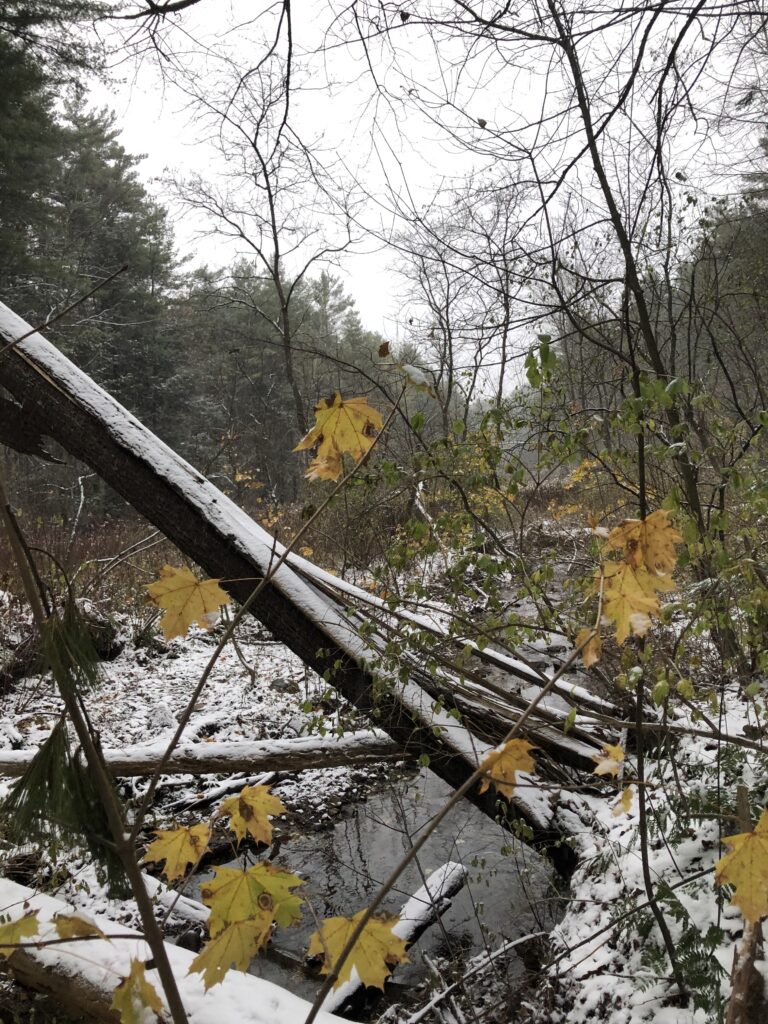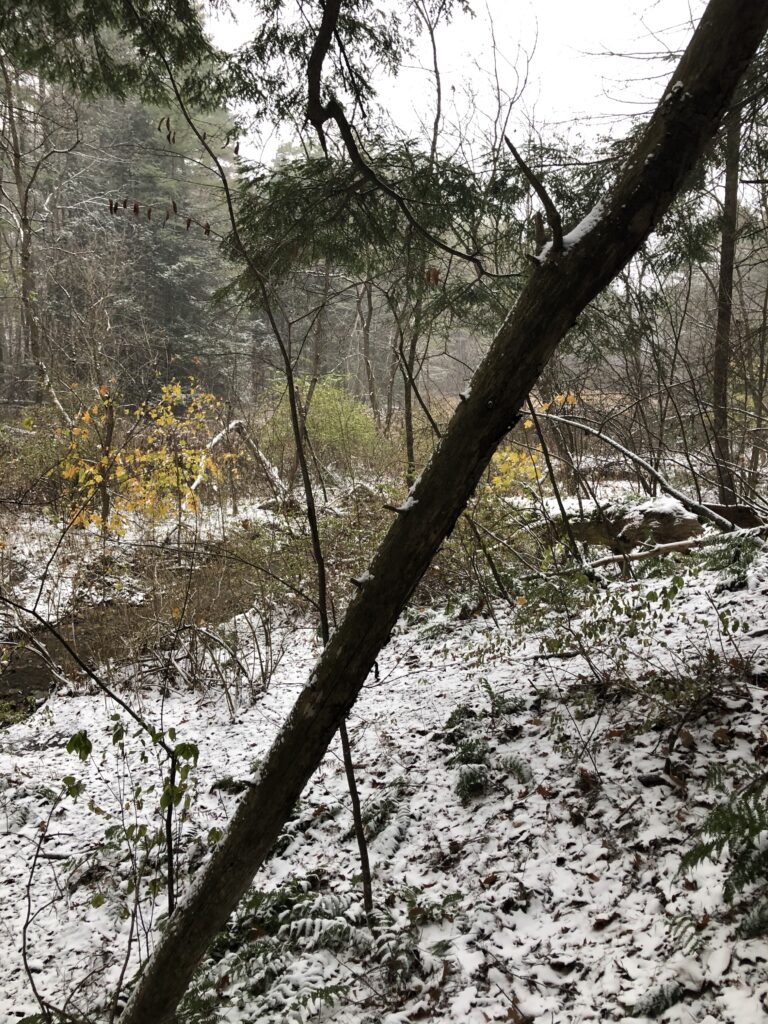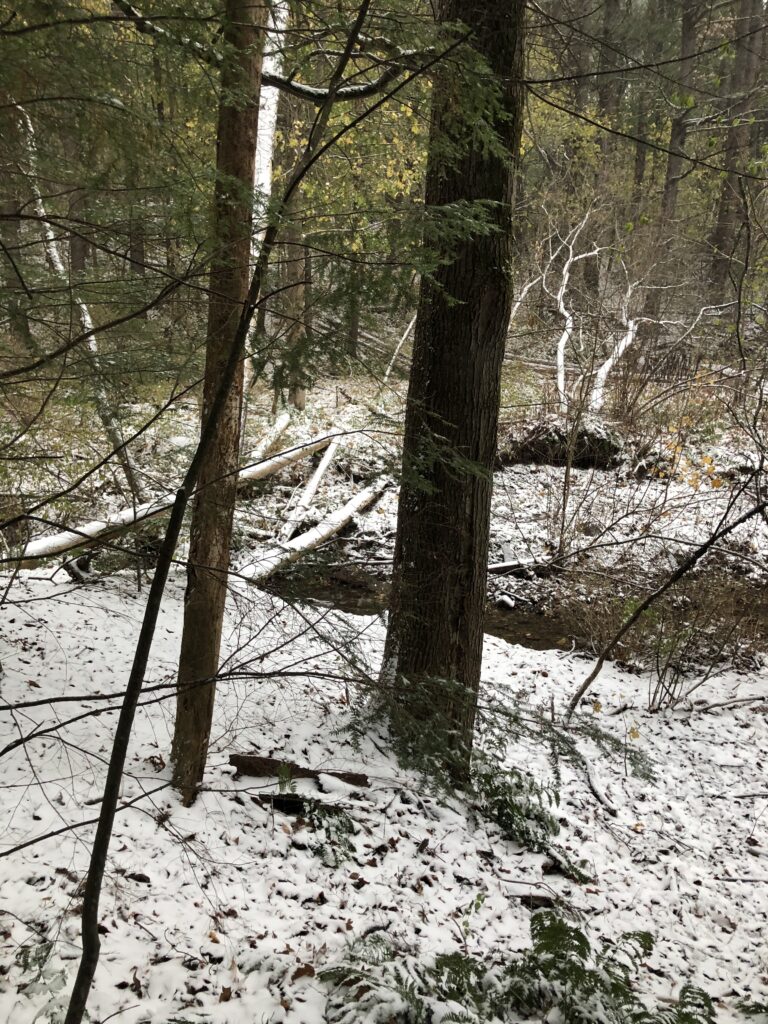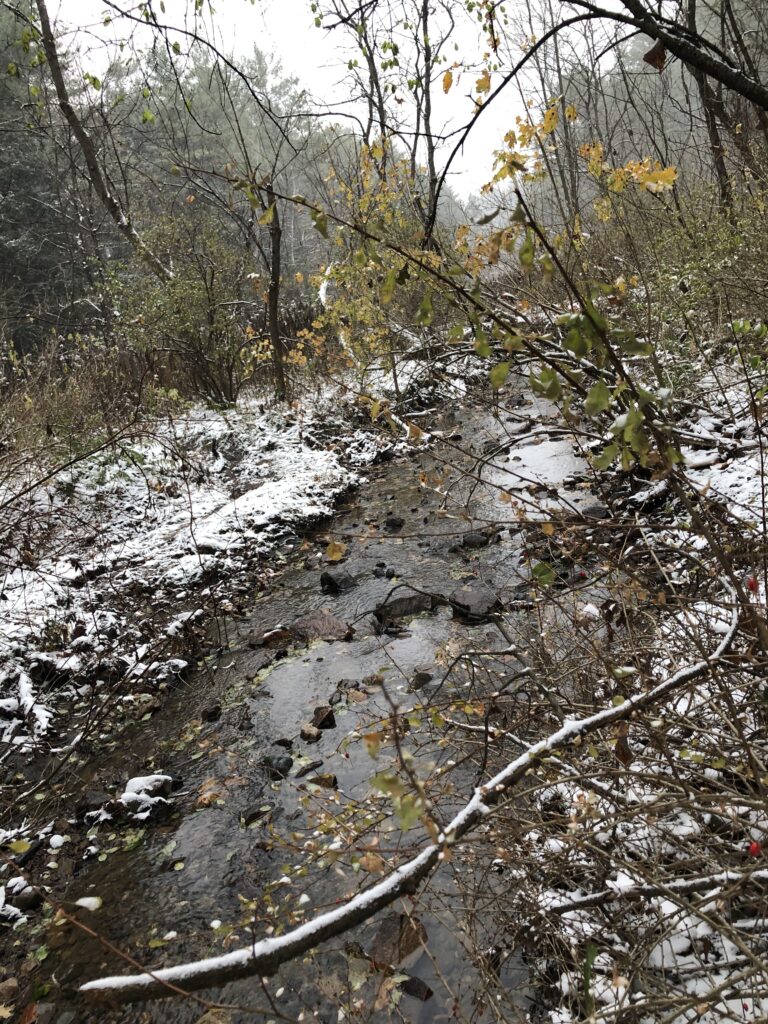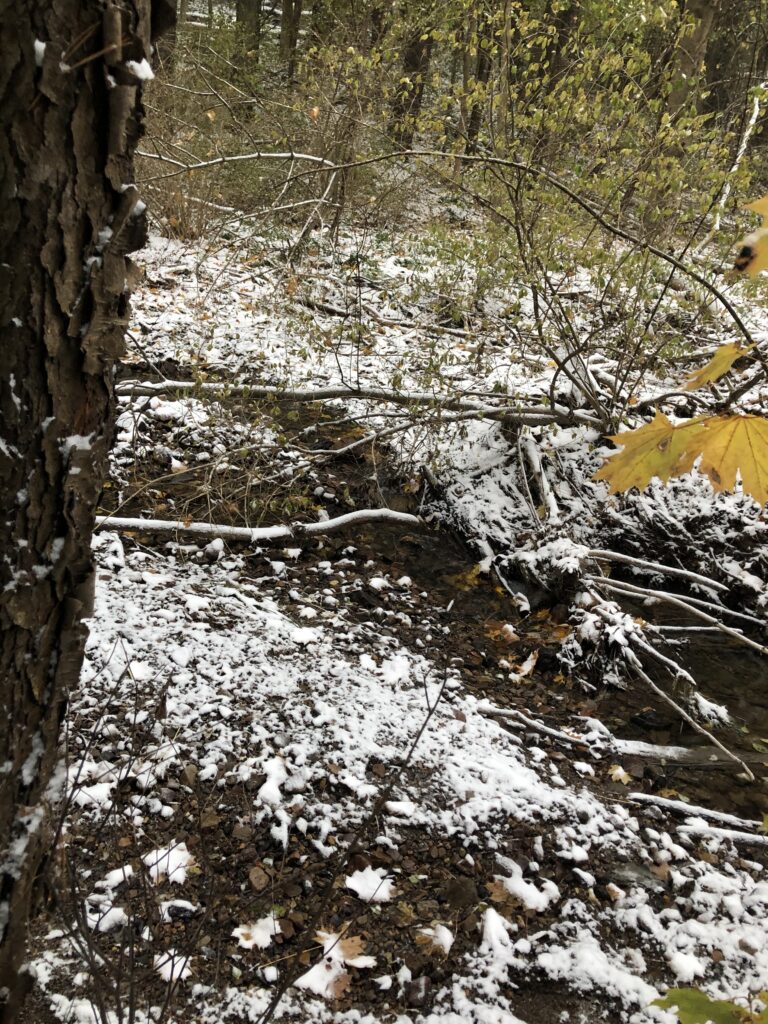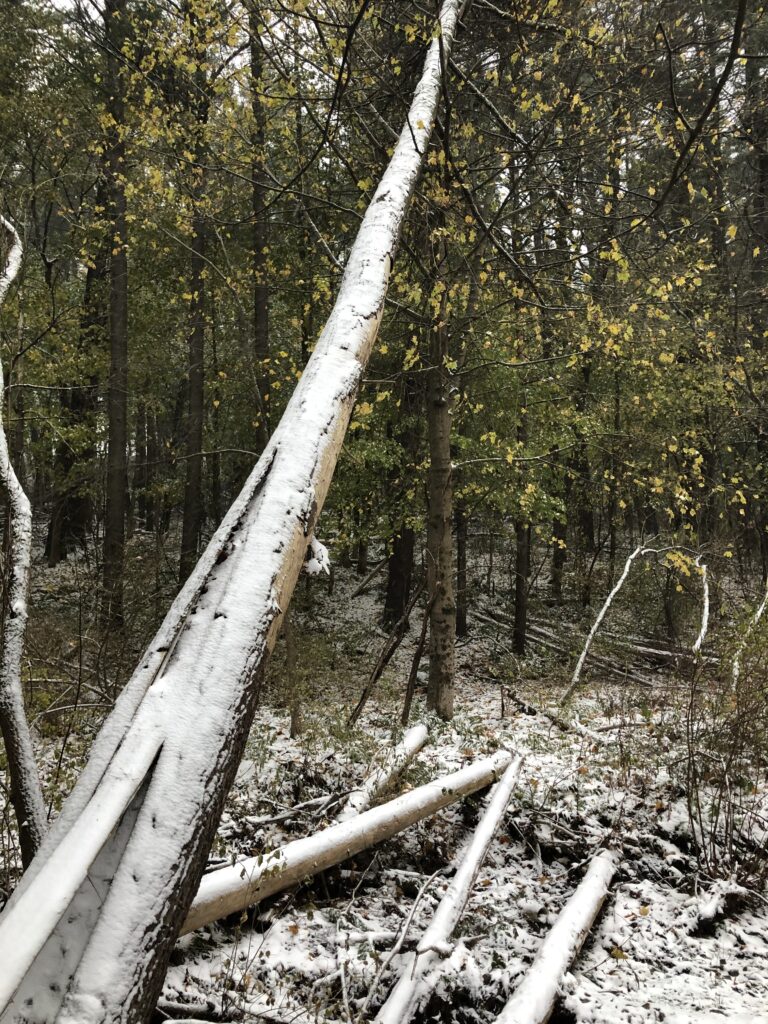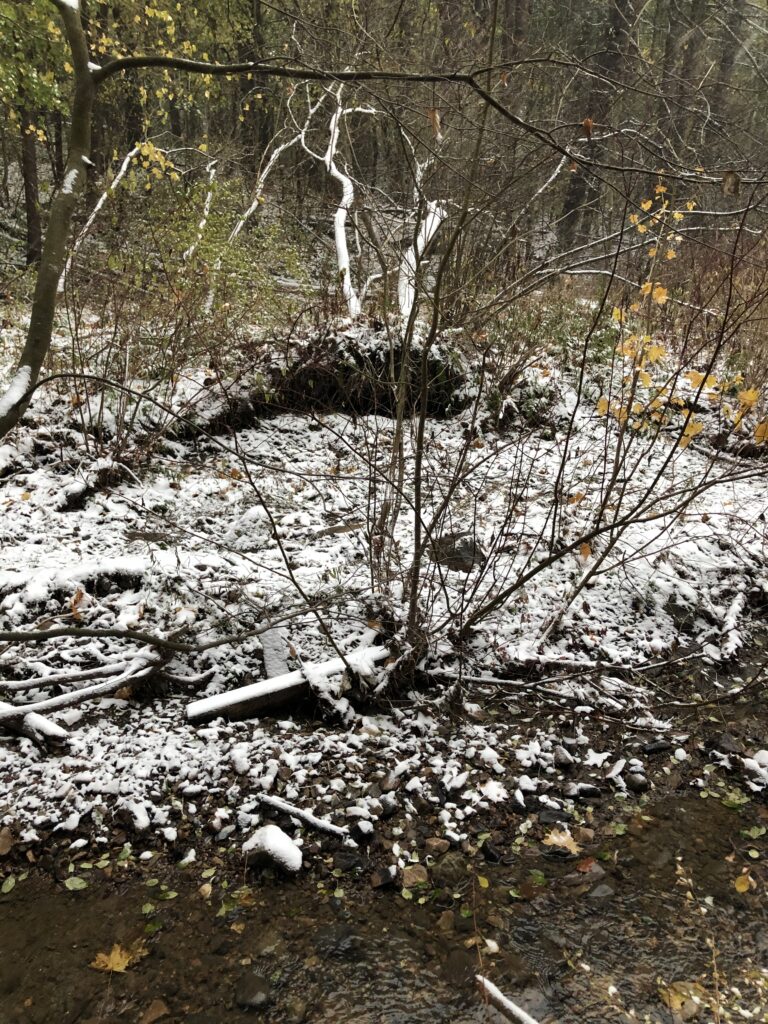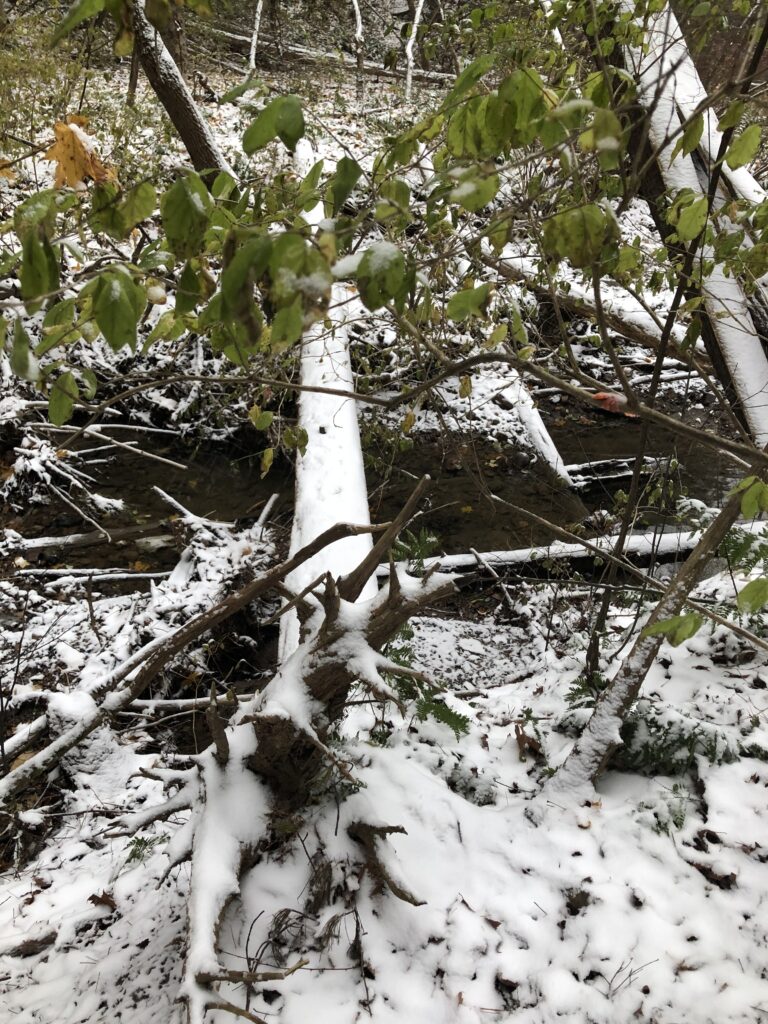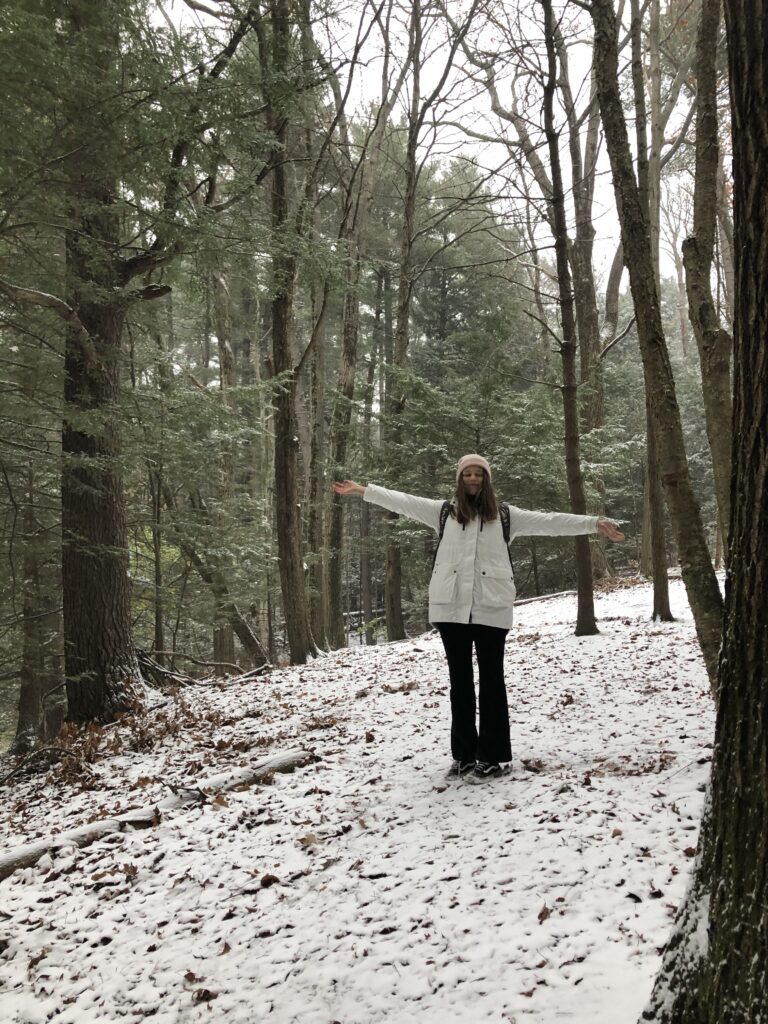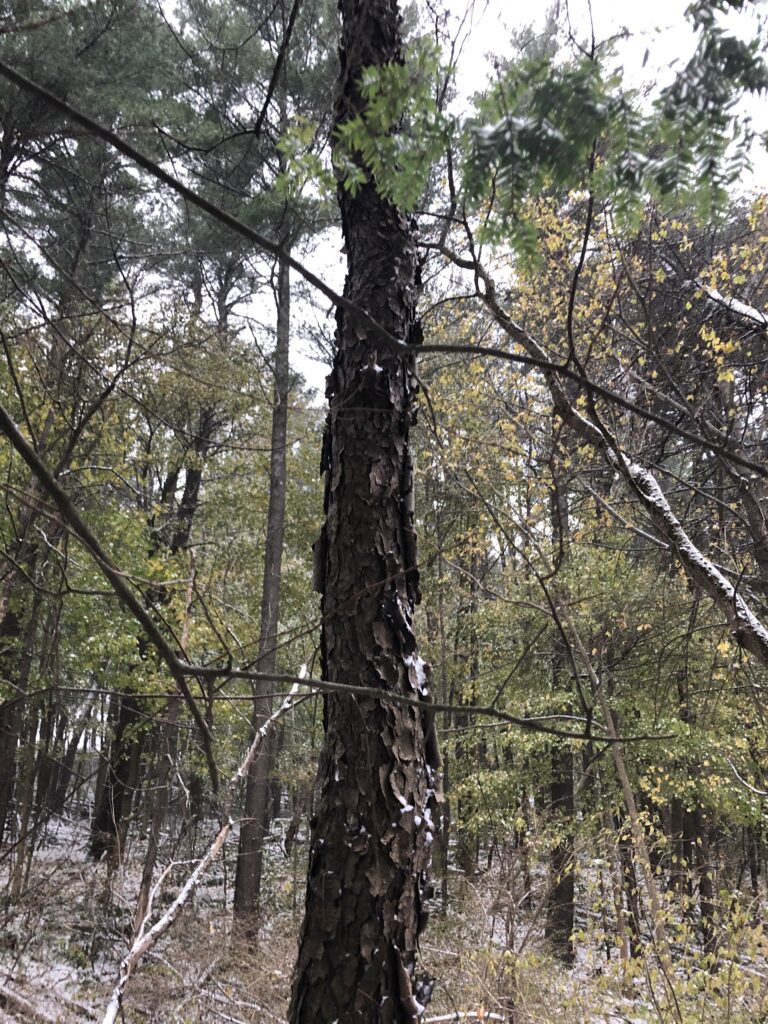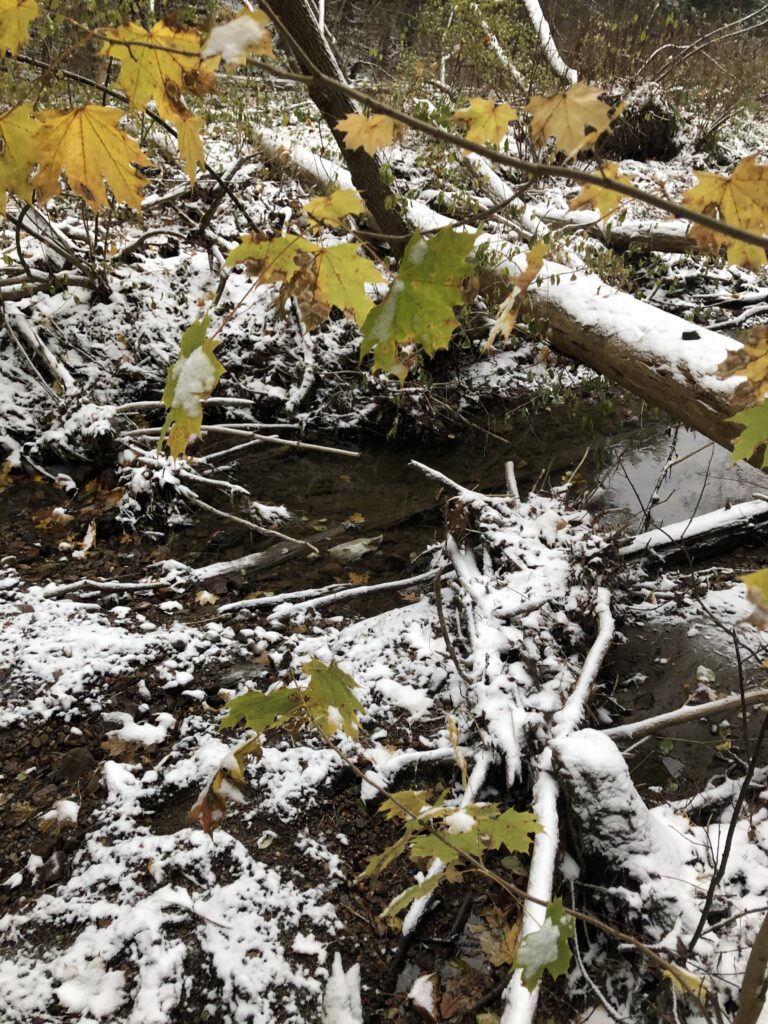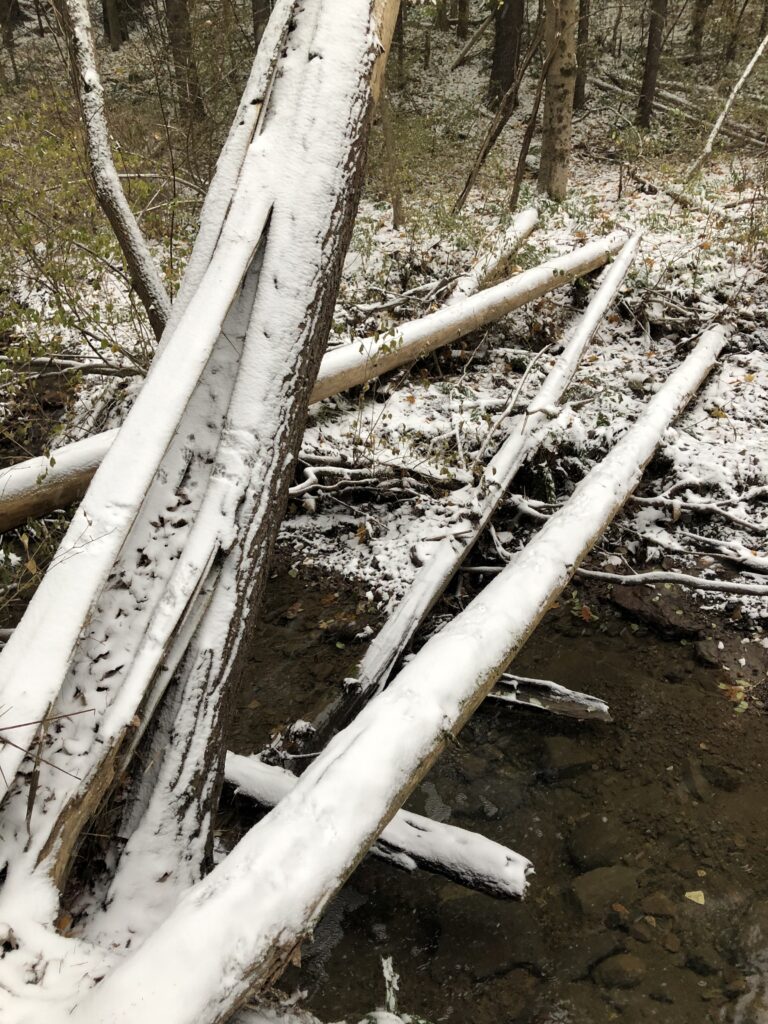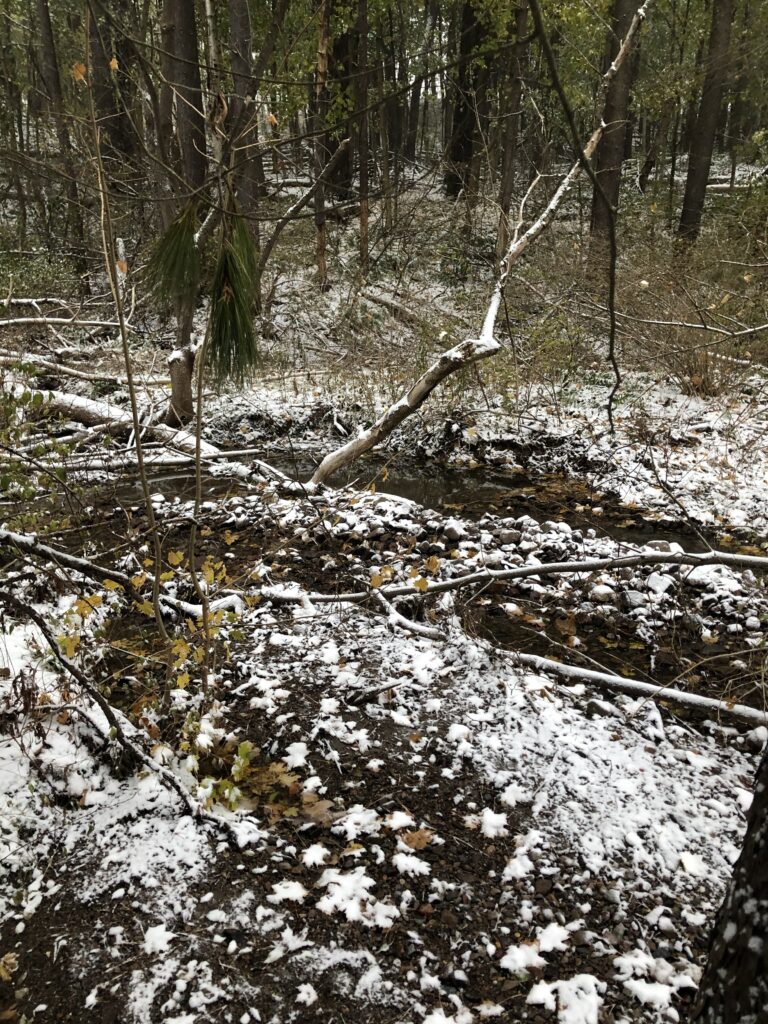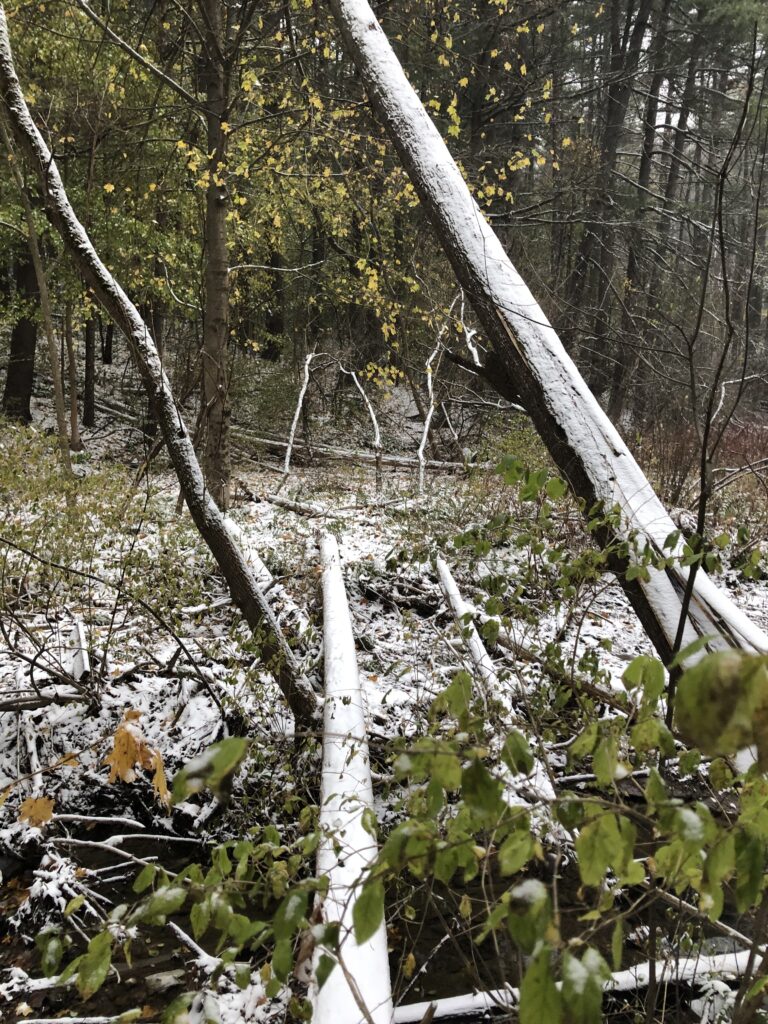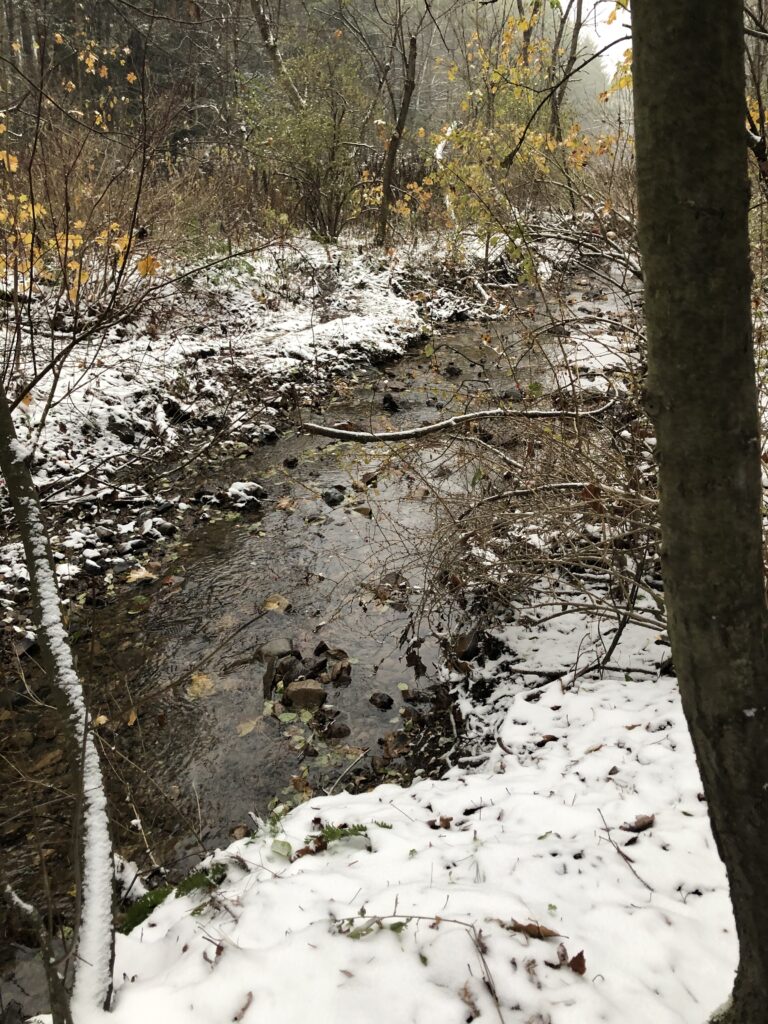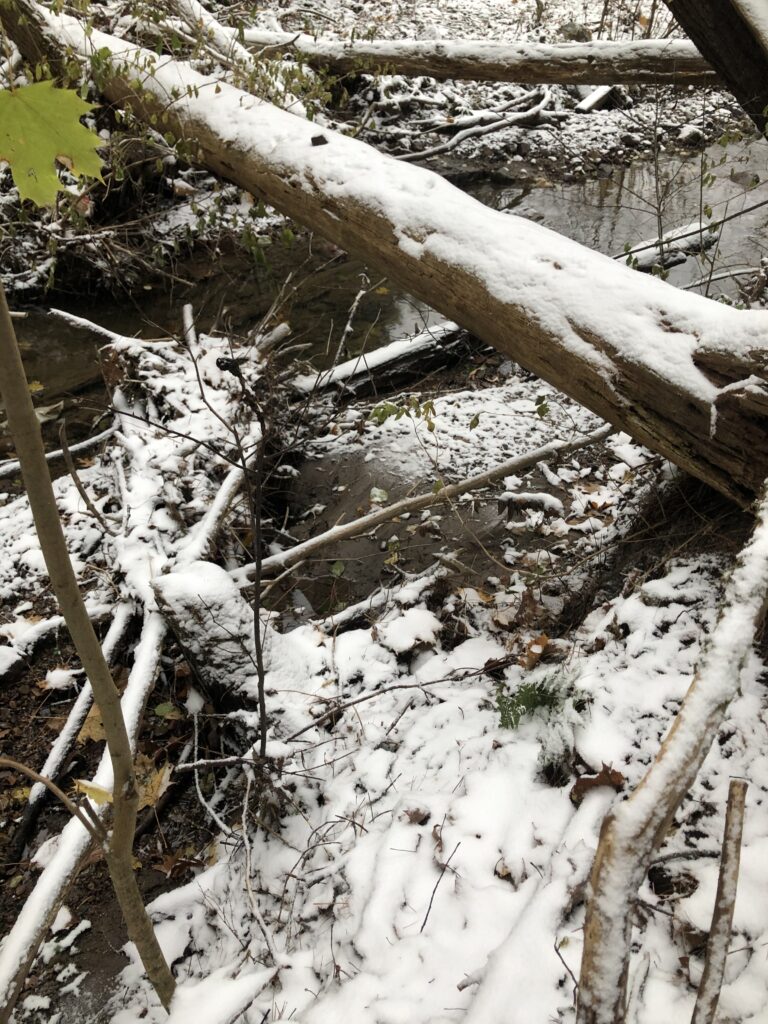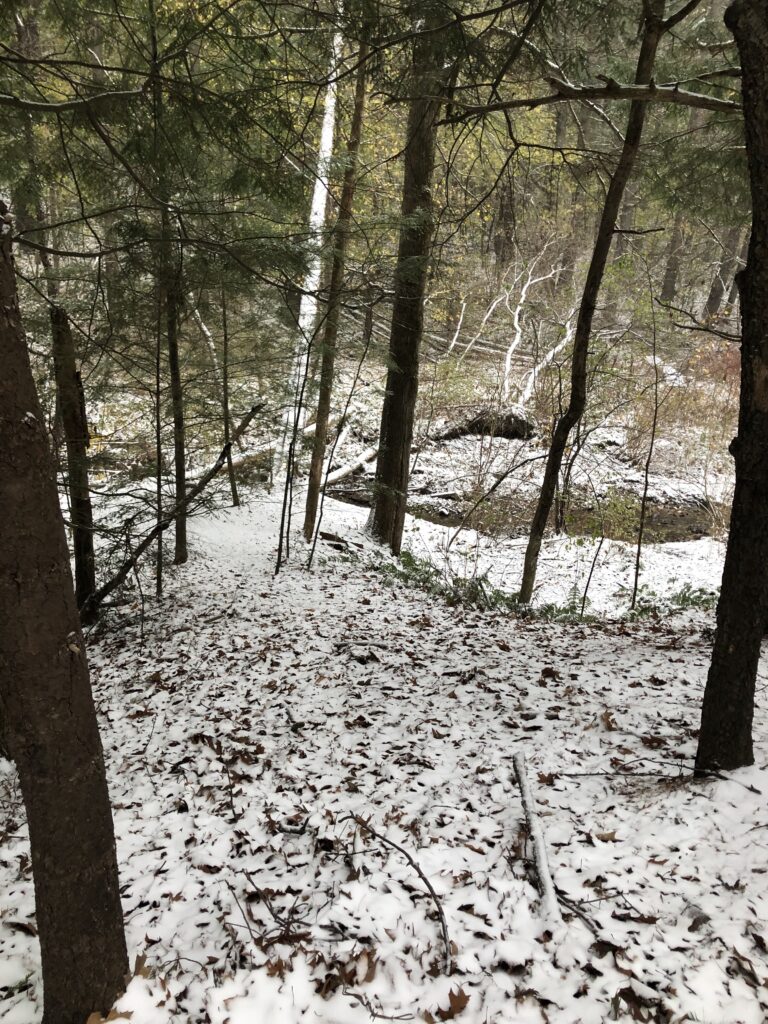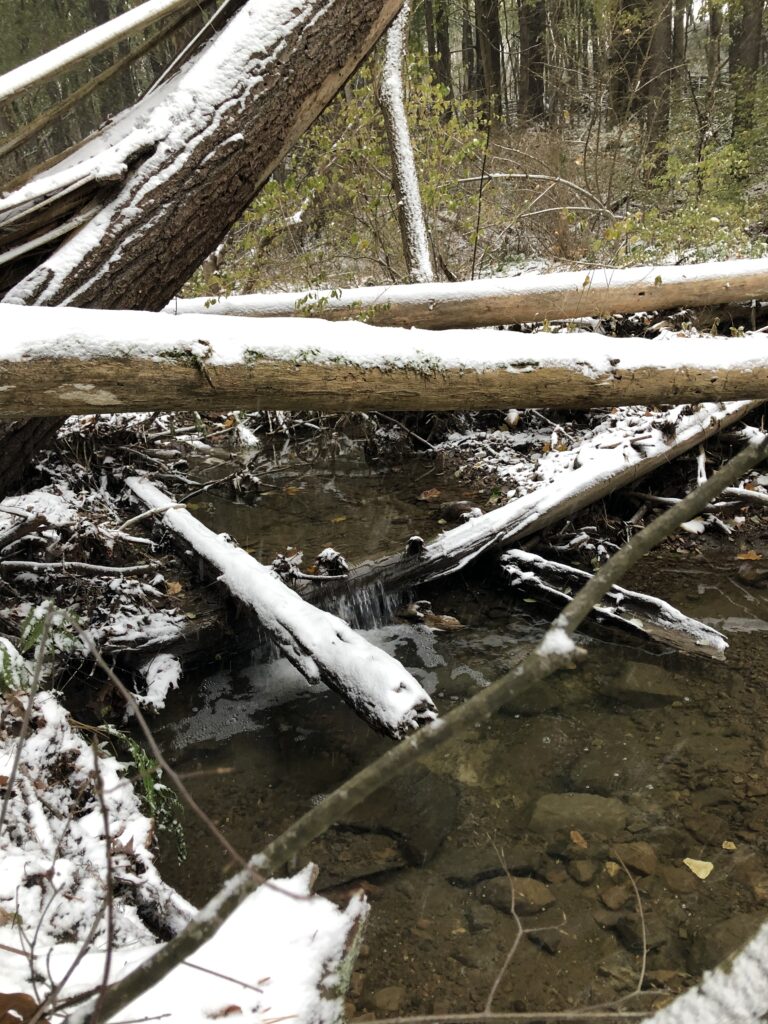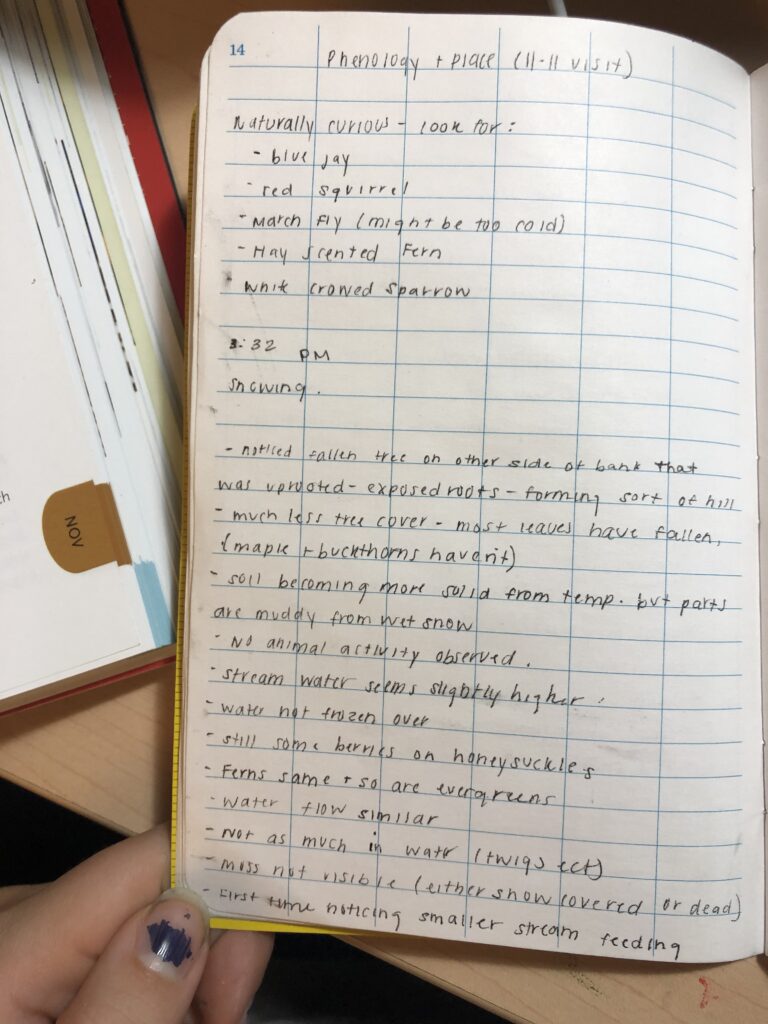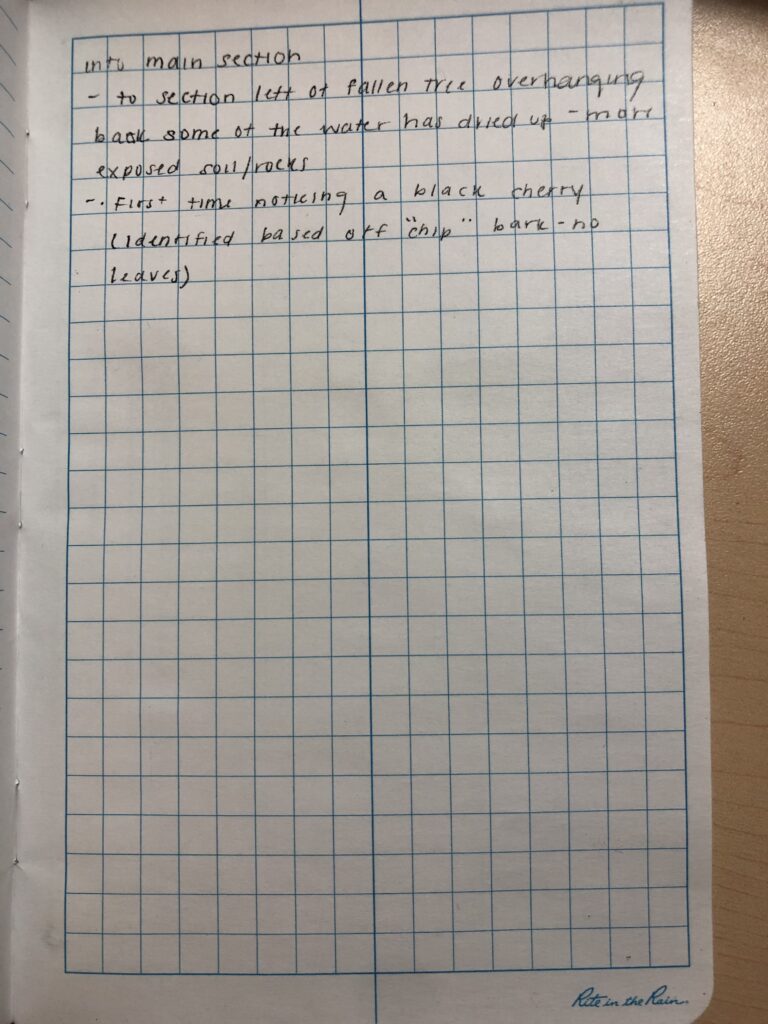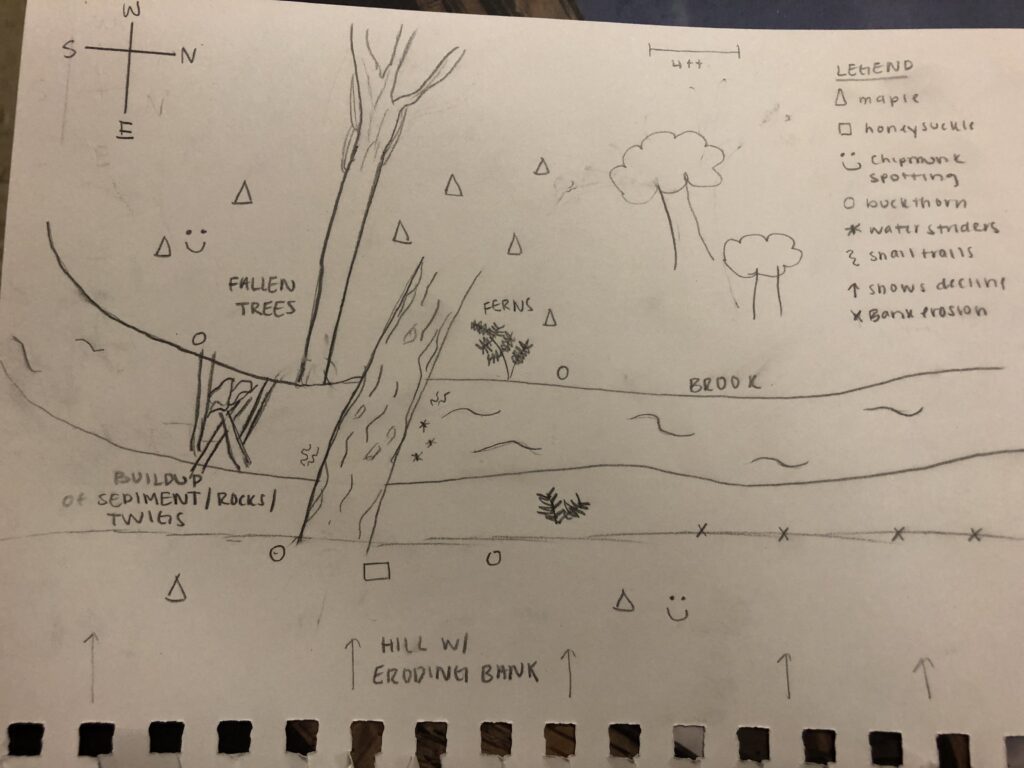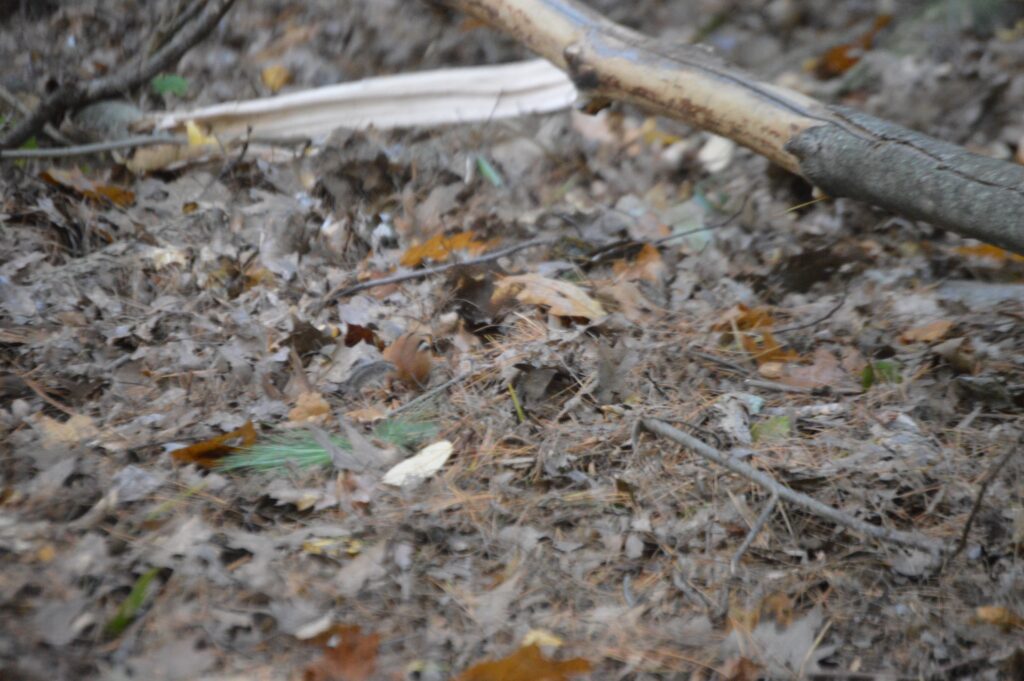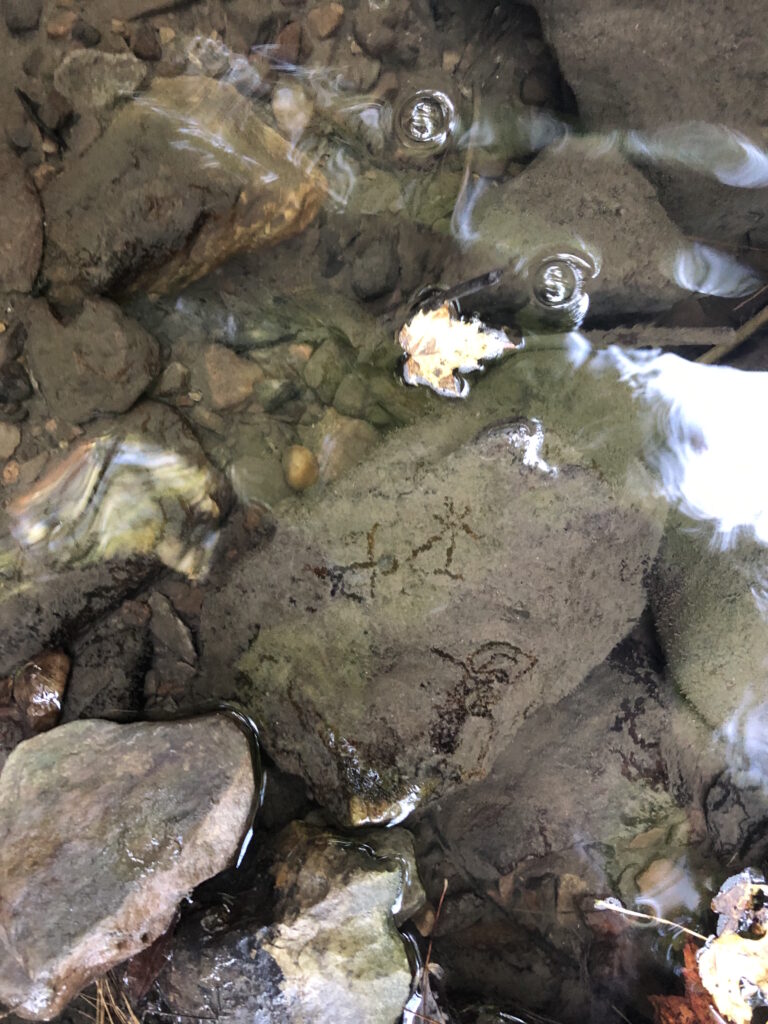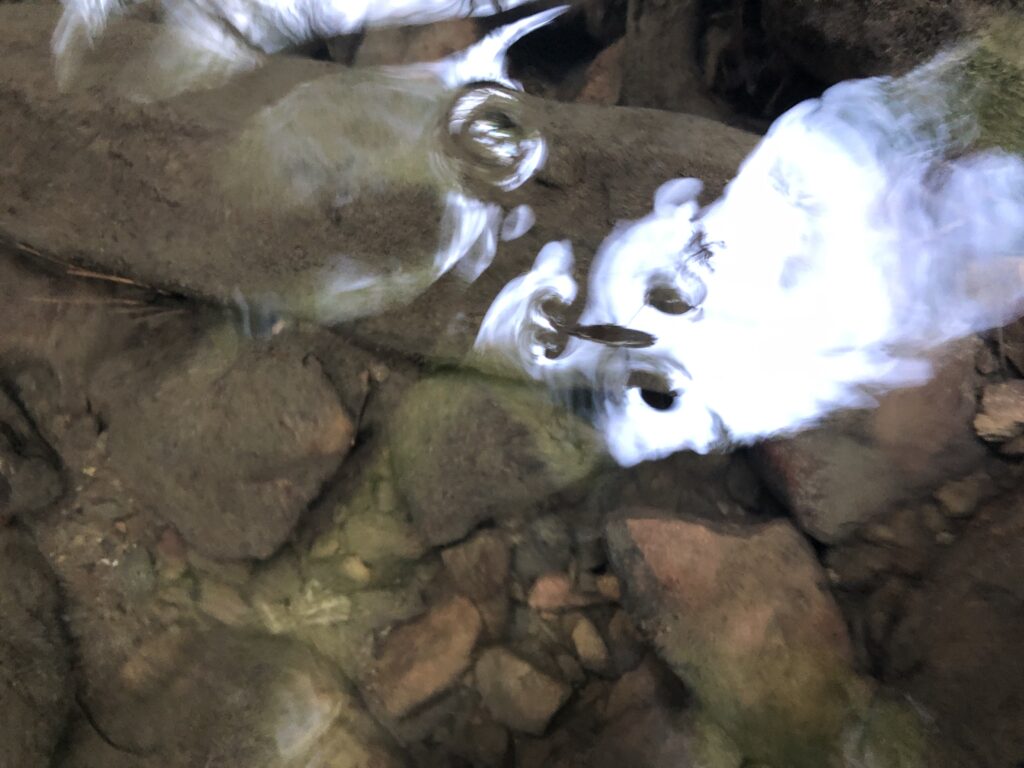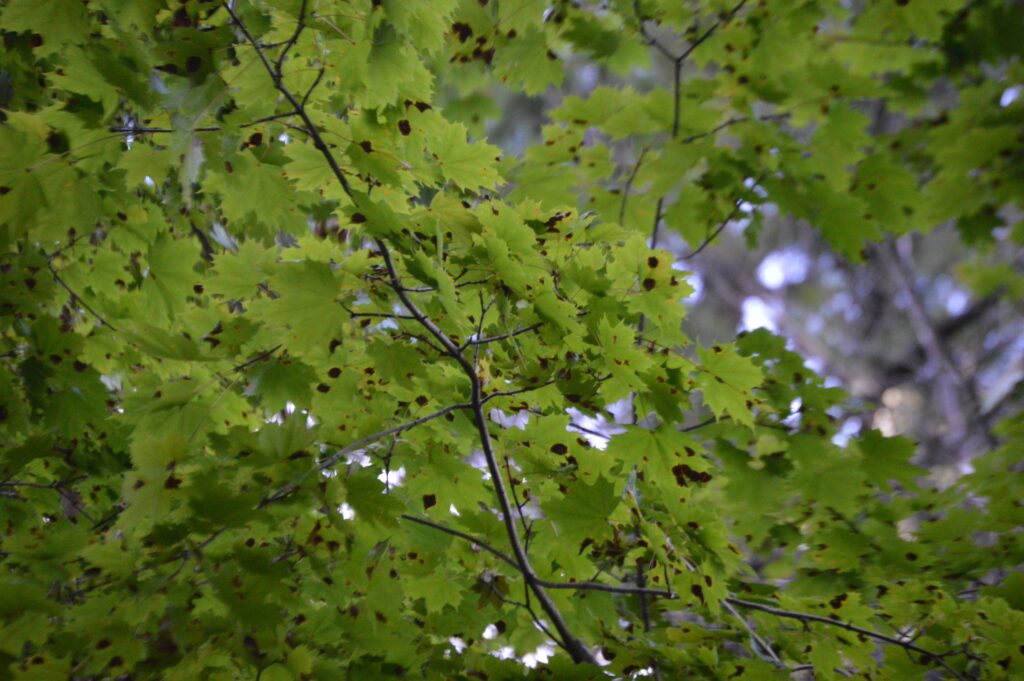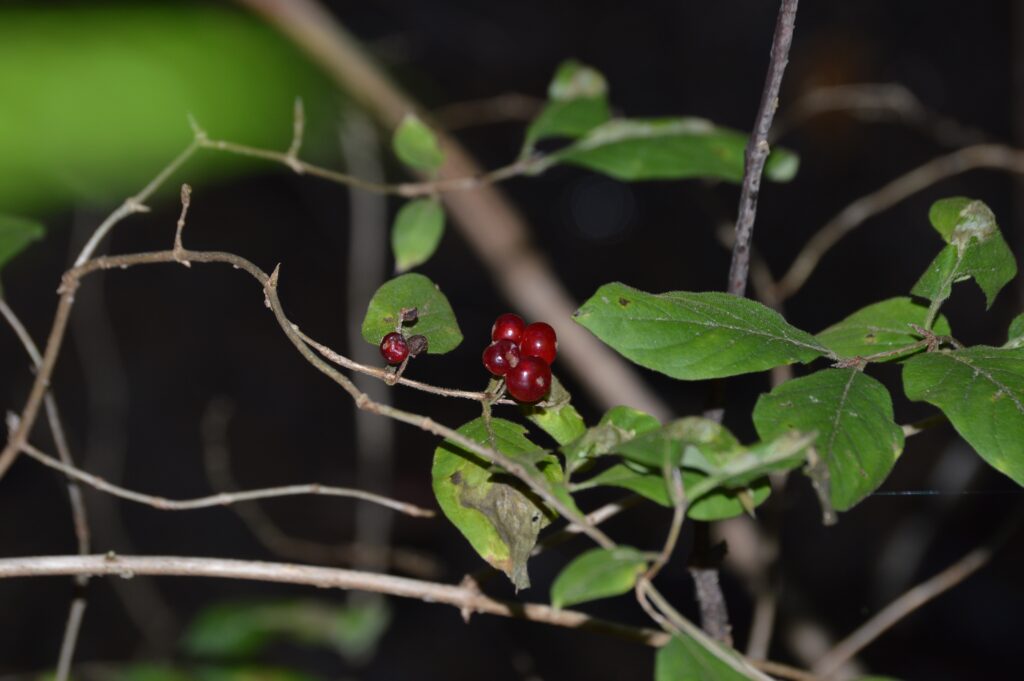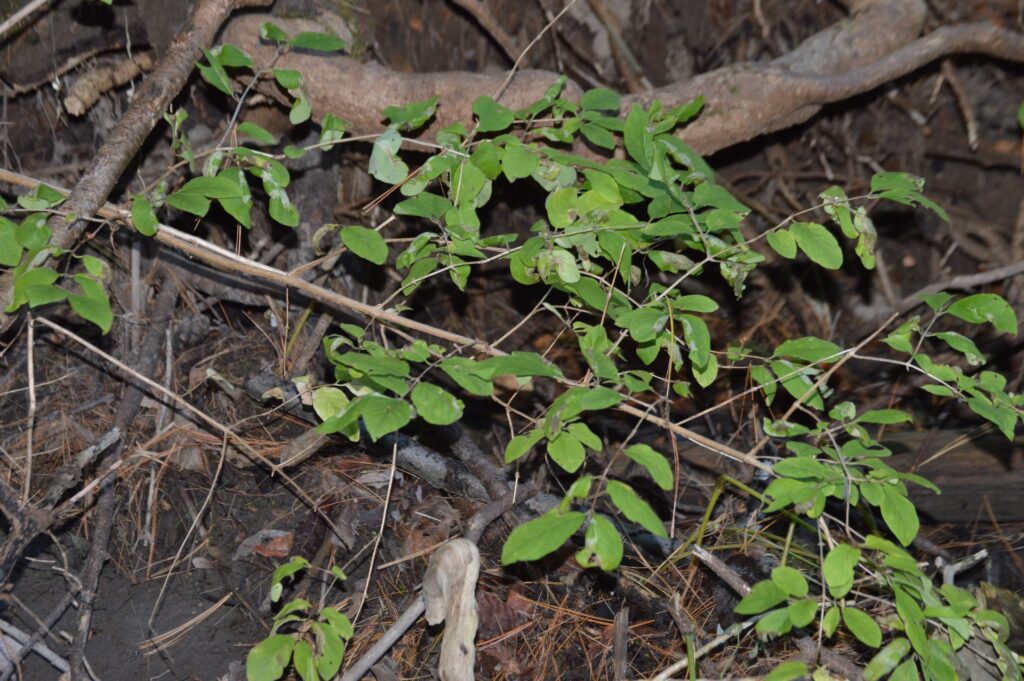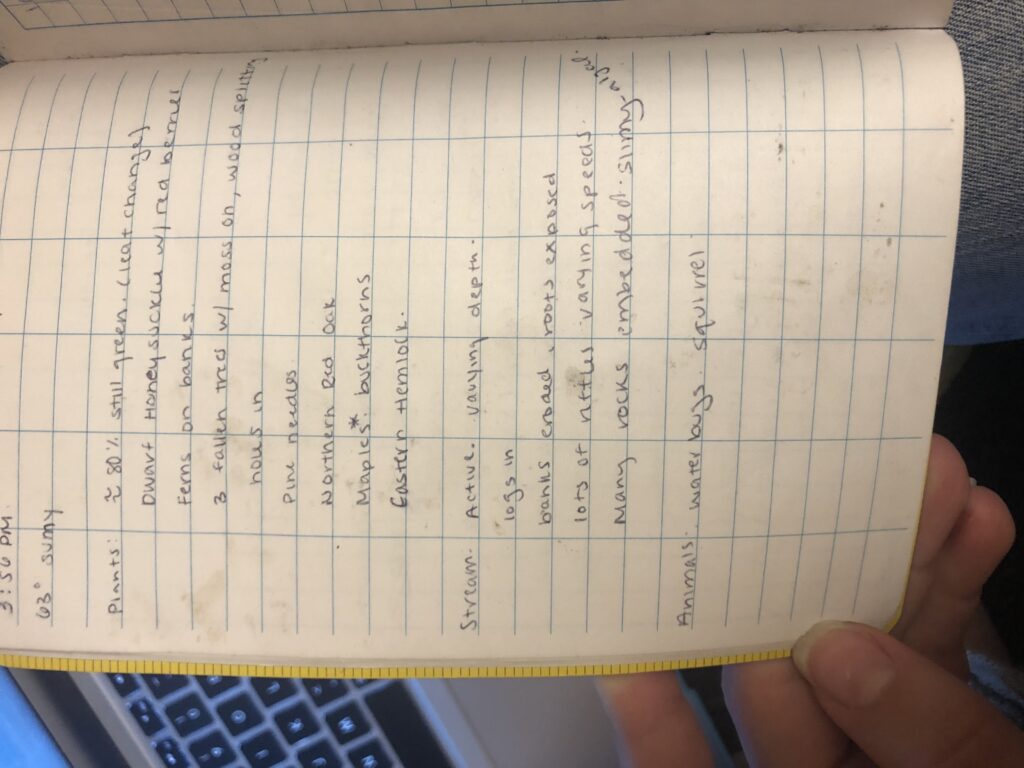For Thanksgiving break, I’m back in Ocean City, New Jersey. Ocean City is a barrier island in South Jersey about 40 minutes south of Atlantic City.
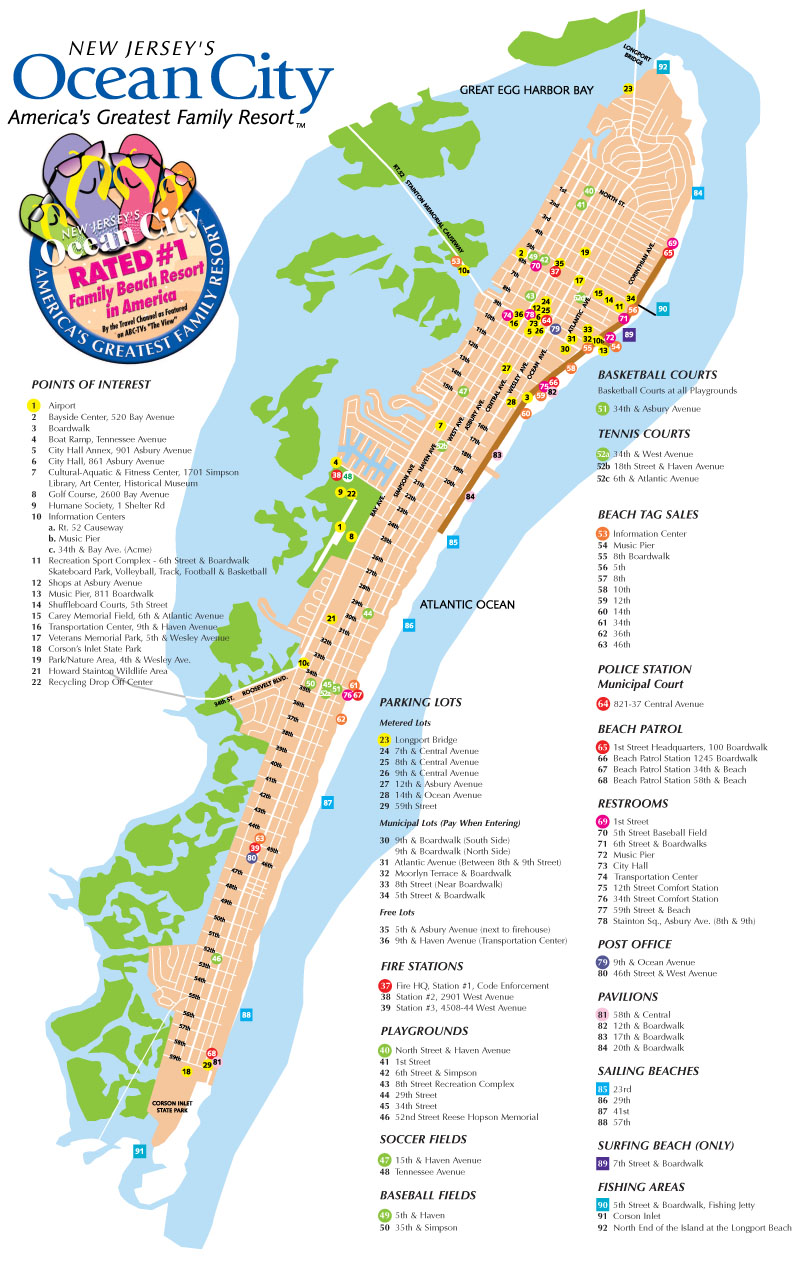
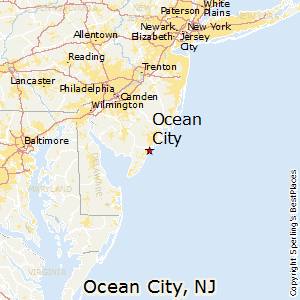
Although I live right off the island, I spend the majority of my time here, and might as well live here; it’s where I went to school and where I worked in the summer. It’s hard for me to even think of a day when I haven’t been on the island. In the summers it’s where my friends, family, and I spend virtually all our time. Whether it be surfing, kayaking, watching the stars on the beach, wandering the boardwalk, or hanging out in the local cafe, we’re always here.
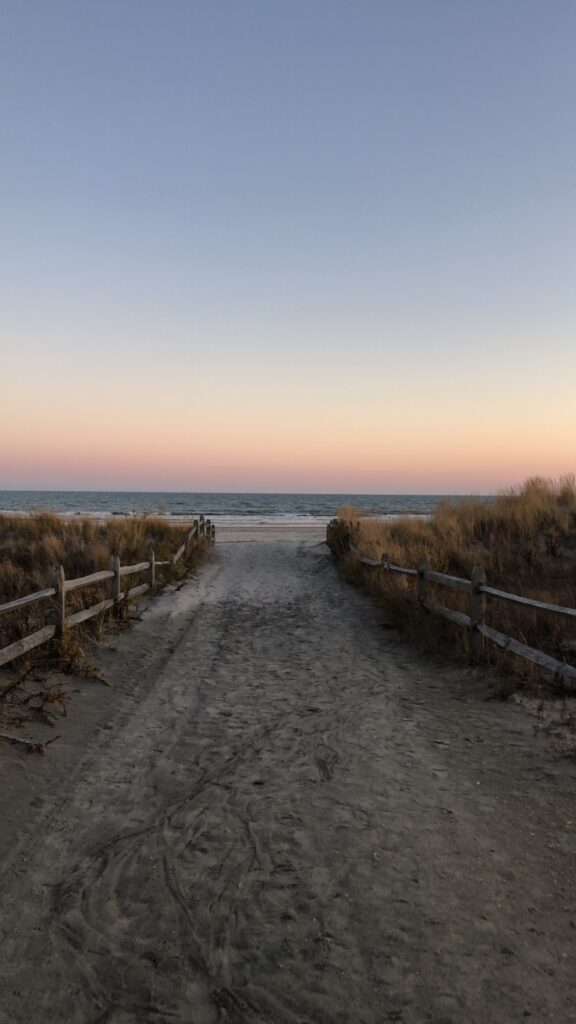
Being back it feels a lot smaller than it did. When I left in August it was still very touristy and busy since it was summer, now that it’s emptied out it’s kinda like a ghost town. I knew that things would continue to change while I was gone but it’s strange coming back to so many changes after being gone for three months. Being away for so long and missing some of the major changes, and the fact that I’ve formed such a strong sense of place in Burlington, makes me feel slightly disconnected here.
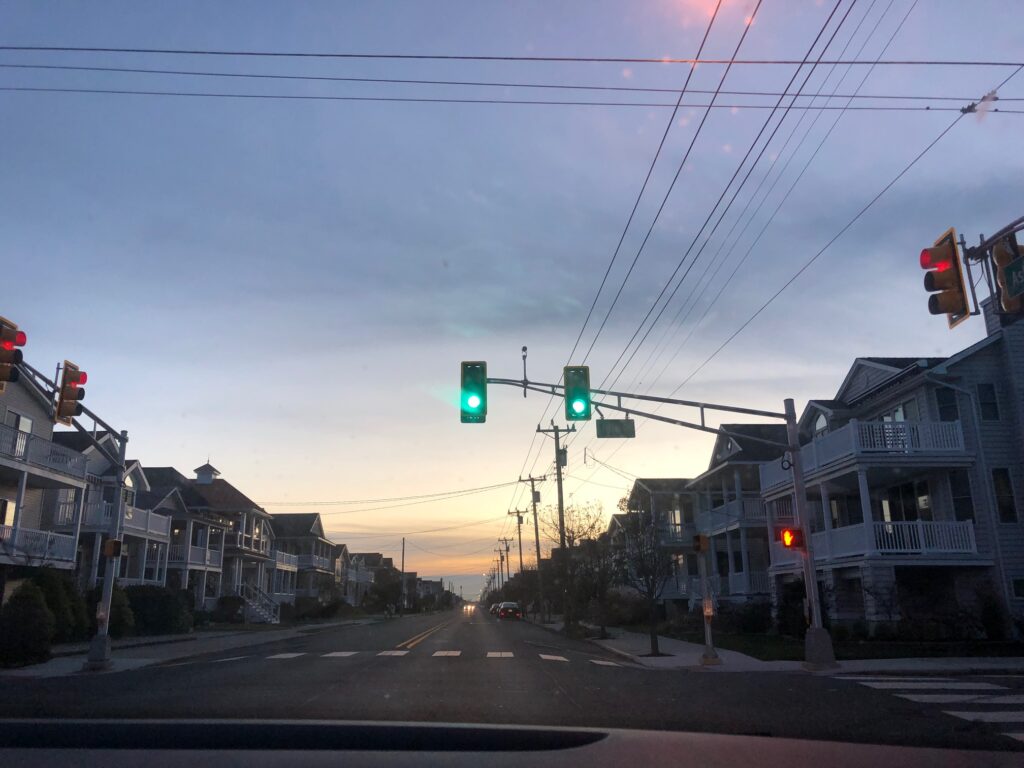
On the other hand, being away I also feel as though I’ve had a much-needed break. Stepping away and looking back on Ocean City I’ve been able to appreciate things that I had taken for granted and also see some of the downsides to living here too. For example, last night I went down the beach and watched the sunset; I’d forgotten the feeling of seeing the sun light up the ocean, walking into the water, and running back when a wave swells. I’ve definitely formed a deeper connection with the ocean- ironically by being away from it. People here are noticeably different than those in Burlington too. The city has a history of being pretty religious and although it isn’t as religious now, there are some things that have carried on through to today. The majority of the population here are families and older people which probably has to do with the fact that this is a dry city- meaning we don’t have any bars or liquor stores on the island. In addition, the Blue Laws, which were put into effect when the city was founded, forbid leisure activities like swimming and shopping on Sundays- this is the same law that made the city dry. Although these have been amended throughout the years, many shops still have shorter hours on Sundays. As a result of all this, the people here are all pretty similar and not as interesting as those in Burlington; I definitely feel more of a connection with those in Burlington even though I haven’t lived there for nearly as long.
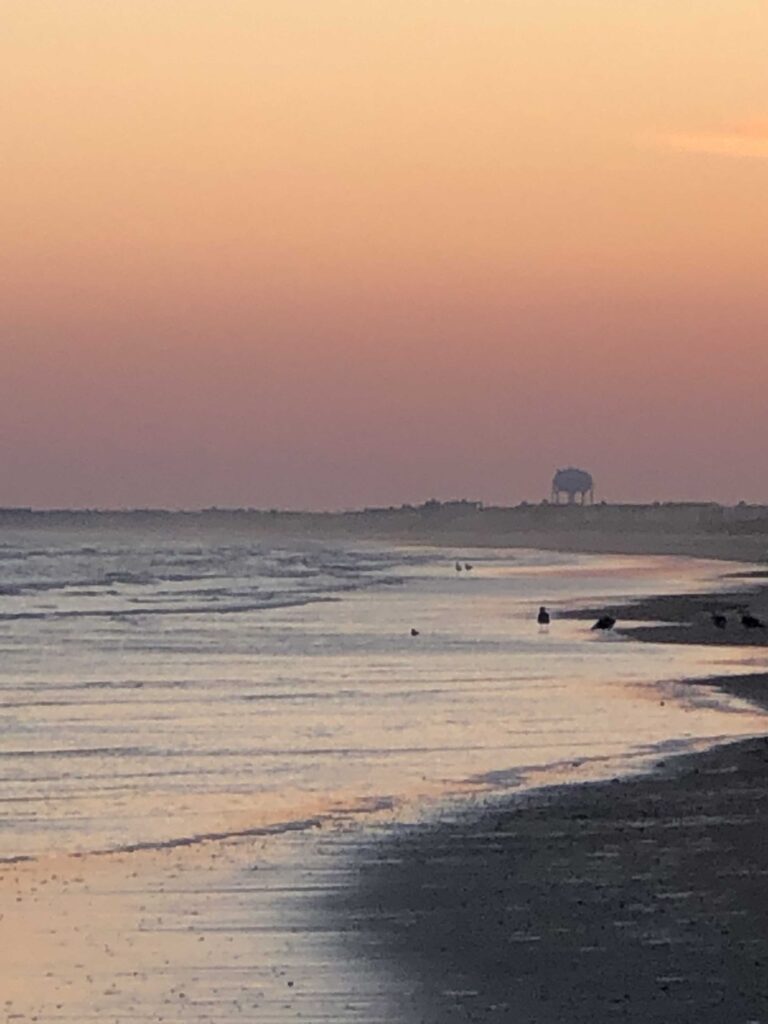
Although I love it here and have a strong sense of place, I wouldn’t say that I necessarily fit in here. Having the chance to live somewhere else where I feel much more at home has made me realize this and I’m really grateful for that. Overall, a sense of place is really important to me- like with anyone. As cheesy as it sounds, I compare my happiness in a place to that of a plant. A seed can’t grow in bad conditions just like I can’t thrive in a place I don’t feel connected to. I’d say that my sense of place in Burlington is beginning to be greater than my sense of place here at home. Personally, I find that I’m more creative, confident, and motivated there than here.
